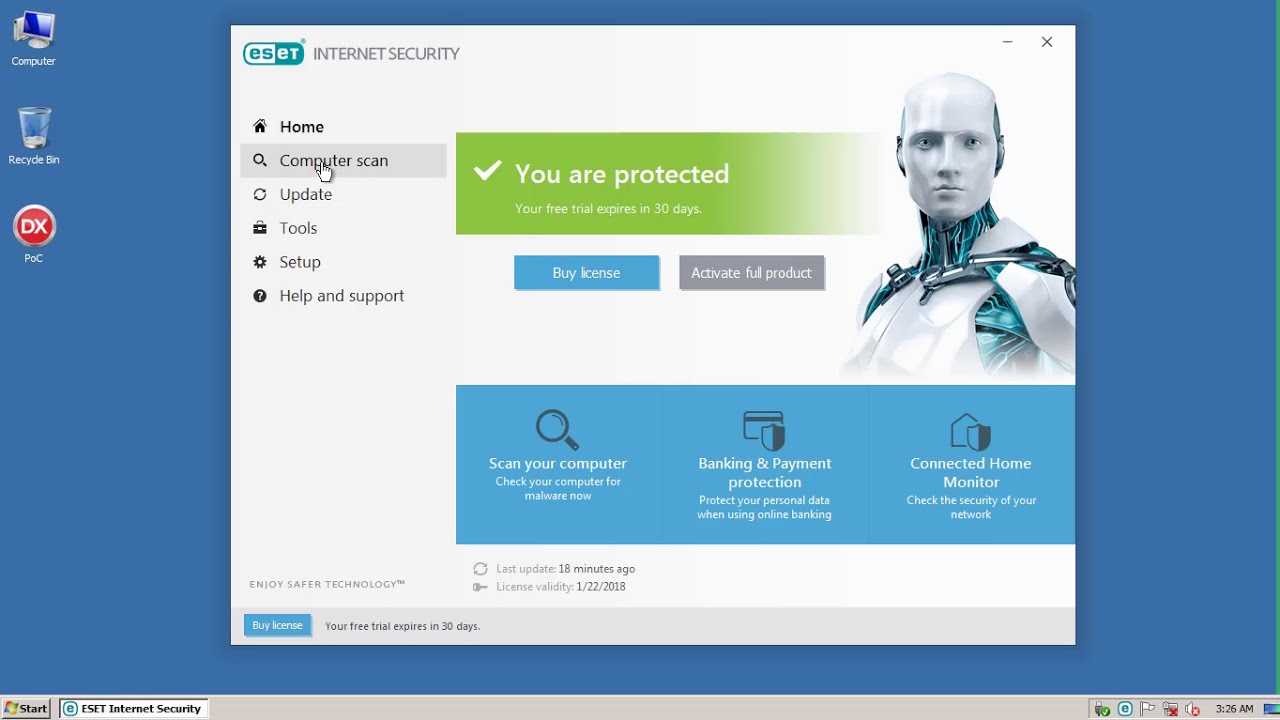Week in review: 11 search engines for cybersecurity research, PoC for RCE in Juniper firewall released

Here’s an overview of some of last week’s most interesting news, articles, interviews and videos:
Adapting authentication to a cloud-centric landscape
In this Help Net Security interview, Florian Forster, CEO at Zitadel, discusses the challenges CISOs face in managing authentication across increasingly distributed and remote workforces, the negative consequences of ineffective authorization, and how the shift toward cloud transformation affects authentication strategies.
What makes a good ASM solution stand out
In this Help Net Security interview, Patrice Auffret, CTO at Onyphe, explains how the traditional perimeter-based security view is becoming obsolete.
What does optimal software security analysis look like?
In this Help Net Security interview, Kevin Valk, co-CEO at Codean, discusses the consequences of relying solely on automated tools for software security.
PoC for no-auth RCE on Juniper firewalls released
Researchers have released additional details about the recently patched four vulnerabilities affecting Juniper Networks’ SRX firewalls and EX switches that could allow remote code execution (RCE), as well as a proof-of-concept (PoC) exploit.
Easy-to-exploit Skype vulnerability reveals users’ IP address
A vulnerability in Skype mobile apps can be exploited by attackers to discover a user’s IP address – a piece of information that may endanger individuals whose physical security depends on their general location remaining secret.
Qakbot botnet disrupted, malware removed from 700,000+ victim computers
The Qakbot botnet has been crippled by the US Department of Justice (DOJ): 52 of its servers have been seized and the popular malware loader has been removed from over 700,000 victim computers around the world.
The removal of Qakbot from infected computers is just the first step
The Qakbot botnet has been disrupted by an international law enforcement operation that culminated last weekend, when infected computers started getting untethered from it by specially crafted FBI software.
Cisco VPNs with no MFA enabled hit by ransomware groups
Since March 2023 (and possibly even earlier), affiliates of the Akira and LockBit ransomware operators have been breaching…




